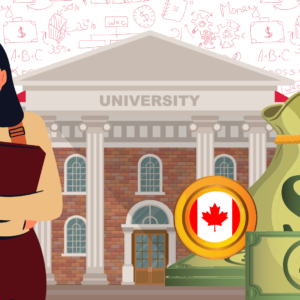The workplace today has been completely redefined. It consists of a healthy mix of people from diverse cultural backgrounds, belonging to different age groups and mindsets. Also, because life expectancy has risen, our idea of retirement and working age has seen a dramatic shift, as people work well into their seventies. The Monthly Labor Review – a research periodical of the US Department of Labor – predicts that by the year 2024, over 25% of the workforce will be over the age of 55 years.
But, here’s the thing. This diversity, while making the environment more dynamic and enriching, also brings with it its own set of challenges, which need to be understood, and then overcome.
For the purposes of understanding the demographic that’s forming the workforce today, let’s look at the various generational groups, and see how they differ in terms of ideology and outlook. The idea is not to reiterate stereotypes, but to understand the workforce better.
- The Veterans or the Traditionalists: Born between 1922 and 1943, this group, to state the obvious, tops the working-age list. Wise and experienced, they have a wealth of knowledge to impart. Having worked their way up with a fair amount of rigour, they value conformity to rules, sacrifice, hard work, and respect for authority. Unsurprisingly, the Veterans are loyal to their employers.
- Baby Boomers: This generation is born between 1943 and 1960. They largely value personal growth, team involvement, and personal gratification. They are ambitious, highly-educated, and like to multi-task. The Boomers, it is generally believed, prioritize their careers over their employers.
- Generation X or Post-Boomers: Born between 1960 and 1980, Generation X is also referred to as Post-Boomers. More tech-savvy and less formal than the Boomers, they are self-sufficient and independent and largely individualistic. They prefer to work with minimal supervision and tend to value diversity and work-life balance.
- Generation Y or Millennials: Called Digital First Natives, the Millennials are born between 1980 and 2000, and are also sometimes referred to as Generation Y. They are known to be self-oriented and subscribe to a different world view from the previous generations. Constantly looking for learning opportunities and growth, they look for faster career paths and easily switch between organizations if needed. By and large Millennials are confident, sociable, and optimistic.
- Generation Z: People in this generation are born after 1997, and are gradually making their way into the workplace and replacing the Veterans. They are a more open generation and that prefer face-to-face communication. They possess the innate desire to prove their worth and tend to be motivated by social rewards and proper guidance. People belonging to this generation are unique, ethical and realistic.
This demographic dividend, as it is popularly called, is really a boon for businesses. Each group comes with its unique background and brings diverse perspectives that add immense value and learning in the workplace. However, as said earlier, this diversity is not without its challenges. When people from different generations and ideologies work together, it creates room for friction and misunderstandings. And that needs to be addressed.
Generational diversity in the workplace has given rise to, what’s called, ‘Ageism’ (or age discrimination). Ageism does not refer to the older generation alone, but to both young and old workers who are subjected to discrimination in the workplace. The problem is non-trivial – something that is evident from the fact that many countries have implemented laws that address this issue in the workplace. The UK, for instance, introduced age discrimination laws in 2006, post which many tribunal claims were made. It was an indication of the seriousness that ageism posed in the workplace.
There is a critical need to recognize the potential for conflict and take steps to proactively minimize it in order to ensure a positive environment where multiple perspectives and generations can thrive. The role of managers, in such an environment, becomes crucial. They must understand how to work with each group and how to keep them motivated. Each generation is bound by shared experiences and has its own unique perspectives, but they need to learn to work together and respect others’ point of view. This may or may not come naturally to them, which is why businesses need to have an action plan that makes this possible.
Also, while it’s important to understand that generational differences affect the actual and perceived behaviors of each group, these differences are not the only sole determinants for interactions between the generations. What will help business is the understanding of the requirements of each group in developing targeted strategies to maintain the Traditionalists and Boomers for longer periods, while training and growing Gen X and Millennials to fill their well-worn shoes.







